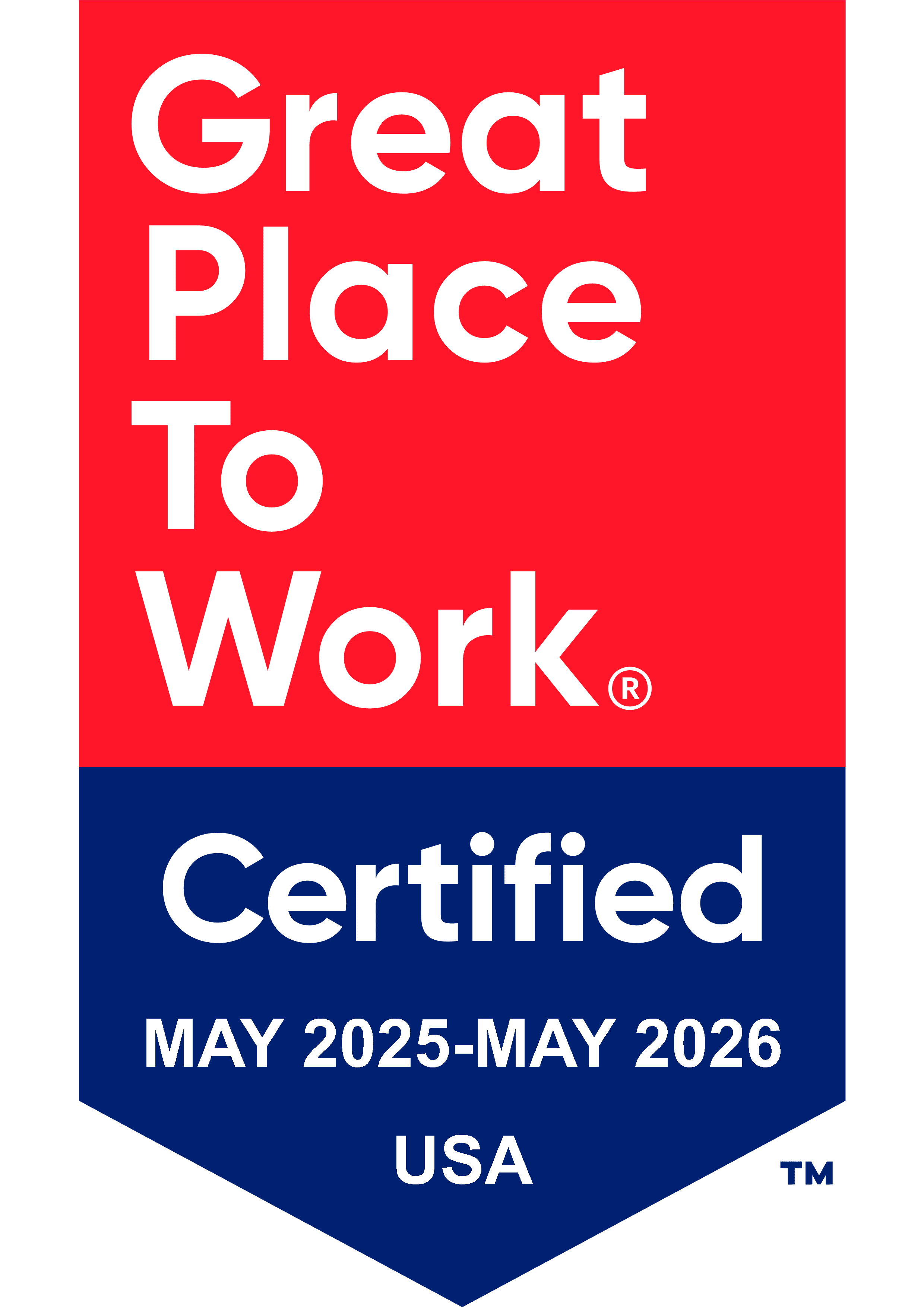
“Alcohol is the number one drug of abuse among youth and young adults, and we’ve been addressing this challenge for a long time” affirms Mary Haag, President & CEO, PreventionFIRST!, formerly the Coalition for a Drug-Free Greater Cincinnati.
The coalition’s qualitative and quantitative data indicates that across the region – which covers 10 counties in Ohio, Indiana, and Kentucky – alcohol has the highest prevalence, the lowest perception of harm, and the lowest peer and parental disapproval rates. Usage also starts early, at 13 years of age.
“The Substance Abuse and Mental Health Services Administration’s (SAMHSA’s) Sober Truth on Preventing Underage Drinking (STOP) Act funding allowed us to take a comprehensive approach to tackle the problem of underage drinking. In addition to engaging youth through a social norms campaign, a Red Ribbon Week Youth-led Summit, a Youth Leadership Institute, and Youth Volunteer of the Year Awards, we placed the spotlight on adult alcohol consumption and how this influenced underage drinking. More specifically, we targeted and continue to work with church and community festivals, educating their planners about how to minimize alcohol’s potential impact on festival goers,” shares Haag.
More recently, as a sub-recipient of Ohio’s Strategic Prevention Framework – State Incentive Grant, also from SAMHSA – the coalition targeted 18-25 year olds and high-risk drinking.
The coalition partners with the Ohio Department of Public Safety’s Ohio Investigative Unit, which provides seller-server training to retail operations and events, including festivals. Festival planners have adopted simple accommodations as a result of the training such as checking identification, ensuring that alcohol is served in roped off areas away from children’s activities, and creating “family-friendly days” when alcohol is not being served. This training has raised awareness among planners e participants about the hazards associated with high-risk drinking.
“Hosting festivals is a wonderful, family-friendly strategy to make money for a parish, church or other community program. While this is true, serving alcohol can create real challenges in regards to problematic drinking,” concludes Haag.
The coalition has also created a toolkit that provides guidance on how to effectively collaborate with festival planners on creating events that are healthy for everyone.
Additionally, PreventionFIRST! has used local grant funds to integrate the practice of Screening, Brief Intervention and Referral to Treatment (SBIRT) into the region’s school systems. While SBIRT is typically implemented in hospitals, community health centers, emergency departments, and workplace wellness programs, PreventionFIRST! piloted SBIRT as part of grades 6-9 scoliosis screenings.
“We’re working with school nurses in three of our schools right now to ensure that students are screened for potential alcohol problems,” says Haag. “The results have led to students talking with their parents about underage drinking, and we’re providing critical resources. Our long-term goal is to promote policy change at the state level – that todos schools use SBIRT as part of routine screenings for middle and high school students,” concludes Haag.
The results of these and other efforts have been exceptional. PreventionFIRST! has been tracking alcohol abuse since 2000 and has successfully reduced use among 7-12º graders by 46 percent (source: 2016 PreventionFIRST! Student Drug Use Survey). As in most communities, alcohol use is socially acceptable, and parents in the Cincinnati region had favorable attitudes towards underage drinking.
“That’s why it’s important to keep the pressure on,” Haag adds. She offers this advice to coalitions as they struggle with multiple challenges, including underage drinking.
“Even though our issues are not solely on alcohol, we never lose sight of underage drinking and its potential impact on our communities’ youth. About 80 percent of heroin abuse in our area originates from opioid abuse, and 80 percent of opioid abuse is preceded by marijuana and alcohol abuse. Misuse of one substance impacts abuse of another, and in some cases, it starts with alcohol – never forget that,” says Haag.
See Also: CADCA's Online Toolkit, Prevent Impaired Driving

